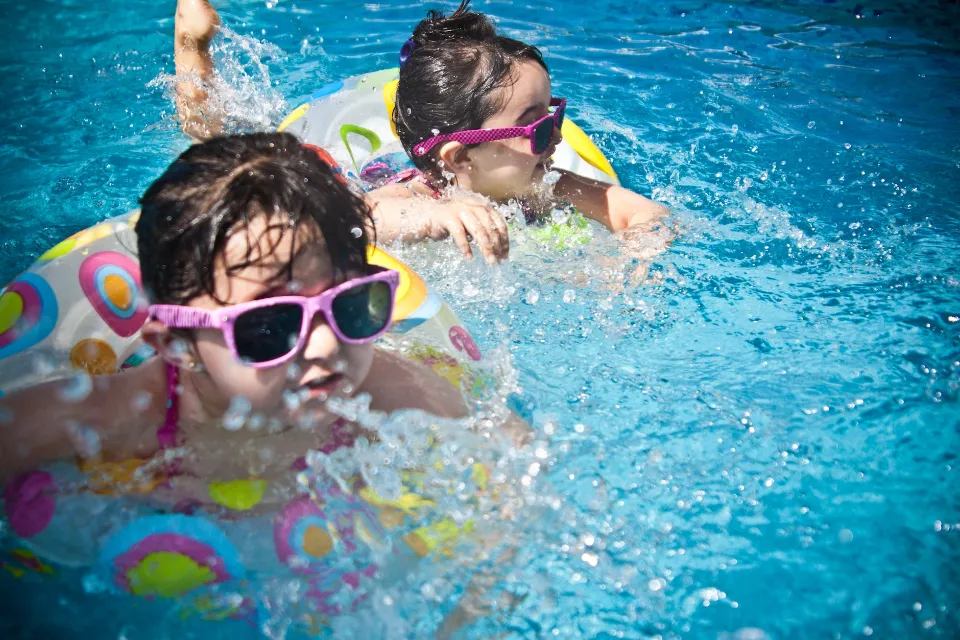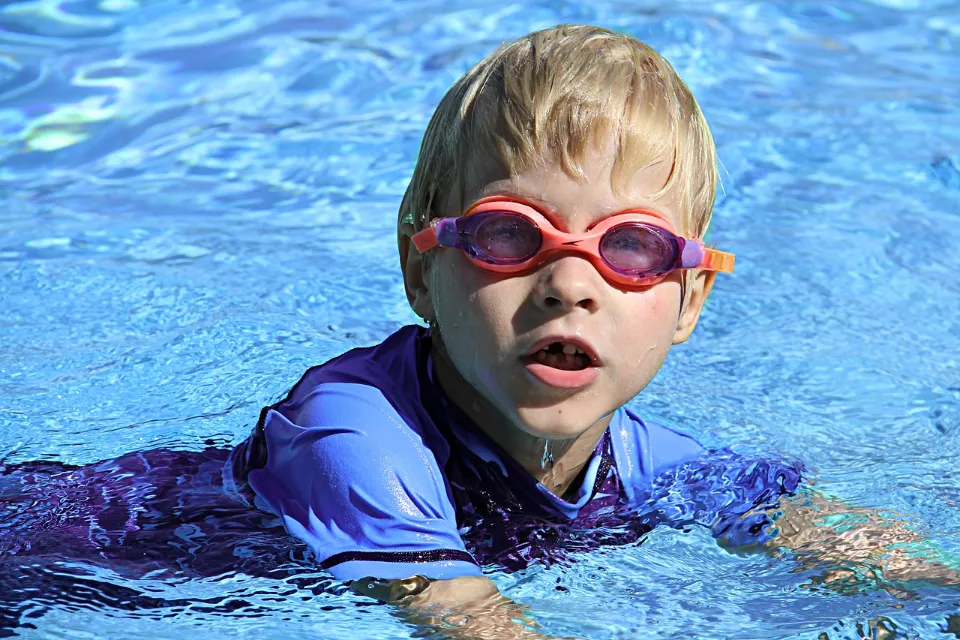What is ISR Swim Lessons – Is It Worth It?
Infant Swimming Resource (ISR) lessons teach kids as young as six months how to float should they end up in the water by accident.
What is ISR Swimming Lessons?
Infant Swimming Resources (ISR) aims to teach young children fundamental water survival skills (primarily floating). After finishing the lessons, kids can float until help gets to the accident scene on their own. Research proves that children ages 1 to 2 years are UNABLE to learn swimming skills required for self-rescue due to the lack of developmental readiness. Therefore, parents need to be aware of the restrictions placed on survival swim lessons.
The Primary Skills Children Learn During the ISR Lessons Are
1. Determining the Closest Exit from the Water
Whether by mistake or on purpose, a child who gets into the water must be able to get their head out and find the nearest exit.
2. Swim Float Swim Sequence
A child can access oxygen thanks to this method. They swim for a brief period, flip to the back, float, and breathe, swim again for a brief period, and flip on the back once more to breathe.
3. Exit the Swimming Pool
Children learn how to exist the pool either by climbing the wall or using the ladder, whichever is the closest.
Lesson Structure
ISR sessions are usually one-on-one lessons lasting 10 minutes.
The lessons happen quite frequently because they are only 10 minutes long. To reinforce the skills learned, the typical schedule is Monday through Friday. It is advised to take refresher lessons to brush up on water survival skills after a few months to a year.
To practice the level of skill needed in a day-to-day setting, ISR students would typically complete the lesson while fully dressed.
It’s advised for parents to stay out of the water because a child learns better with one authority role in the pool. To watch over and guarantee their child’s safety, parents can, however, hang around the pool.
ISR classes can be taught to infants, toddlers, and older children, even though lesson content is designed to protect drowning infants.
What Does ISR Stand For?
Infant Swimming Resources are referred to as ISR. In 1966, Dr. in Central Florida had the idea to start this program. Harvey Barnett.
As a pool lifeguard at the age of 18, Dr. Little ones were taught to swim by Barnett. He carefully observed how young children responded to various learning styles and the skills they were most adept at mastering.
After 43 years of practice, Dr. The education program Harvey Barnett developed for his child, now known as ISR, is patentable. Since then, their motto has been: not one more child.
Many instructors around the US went through ISR training and now successfully teach floating techniques to kids of all ages.
Why Are ISR Lessons Take Only 10 Minutes?
The primary goals of ISR are self-rescue and aquatic safety. Lessons that are brief reduce the likelihood of kids becoming exhausted and cold.
Your child will work one-on-one with a qualified instructor who has earned the ISR certification for those ten minutes. Young students typically only need 10 minutes of instruction because floating is the primary focus of every lesson.
ISR’s approach is designed to be effective in emergency situations, so toddlers and infants can learn to float until help arrives.
Is ISR Harmful?

Self Rescue and ISR instructors are the subject of much debate, but these lessons had a big impact on preventing child drowning.
Numerous safety procedures are in place at the organization, and thousands of parents and their kids have finished the program and been happy with it. But things are not so black and white.
A few parents left the program only to learn later that their baby was afraid of the water. How and why does it occur?
Simple: Young children have fight-or-flight instincts, just like adults. An unfamiliar swimming pool setting with a stranger instructor can trigger those instincts to kick in. Since an instructor is not their safety base, most babies would not feel at ease in this situation.
It’s time to end the session if your child’s behavior doesn’t improve after a few lessons and the teacher is still dealing with tantrums. The best course of action is to switch instructors and see if your child performs better with someone else. It has been shown that a poor relationship with water will hinder your child’s ability to learn to swim in the future.
Continue at your own risk if you still want to teach your child while they are terrified every time. Your child will eventually develop the ability to cope with their discomfort and tears. But don’t be shocked if they freak out the next time you’re in the pool with them.
The price is too high for a basic skill like floating that you can teach your baby on your own. It will take some time to break the fight or flight response once you decide to teach your kids swimming skills beyond floating after ISR.
Other than that, ISR COULD save your baby’s life one day, but even after the program is over, adult supervision is STILL REQUIRED.
Conclusion
While ISR recognizes that no child is drown-proof and that all children should have adult supervision in the water, its goal is to assist kids in saving themselves when other safeguards fail.
ISR offers courses all over the country. Visit their website to learn more and find a local instructor.
